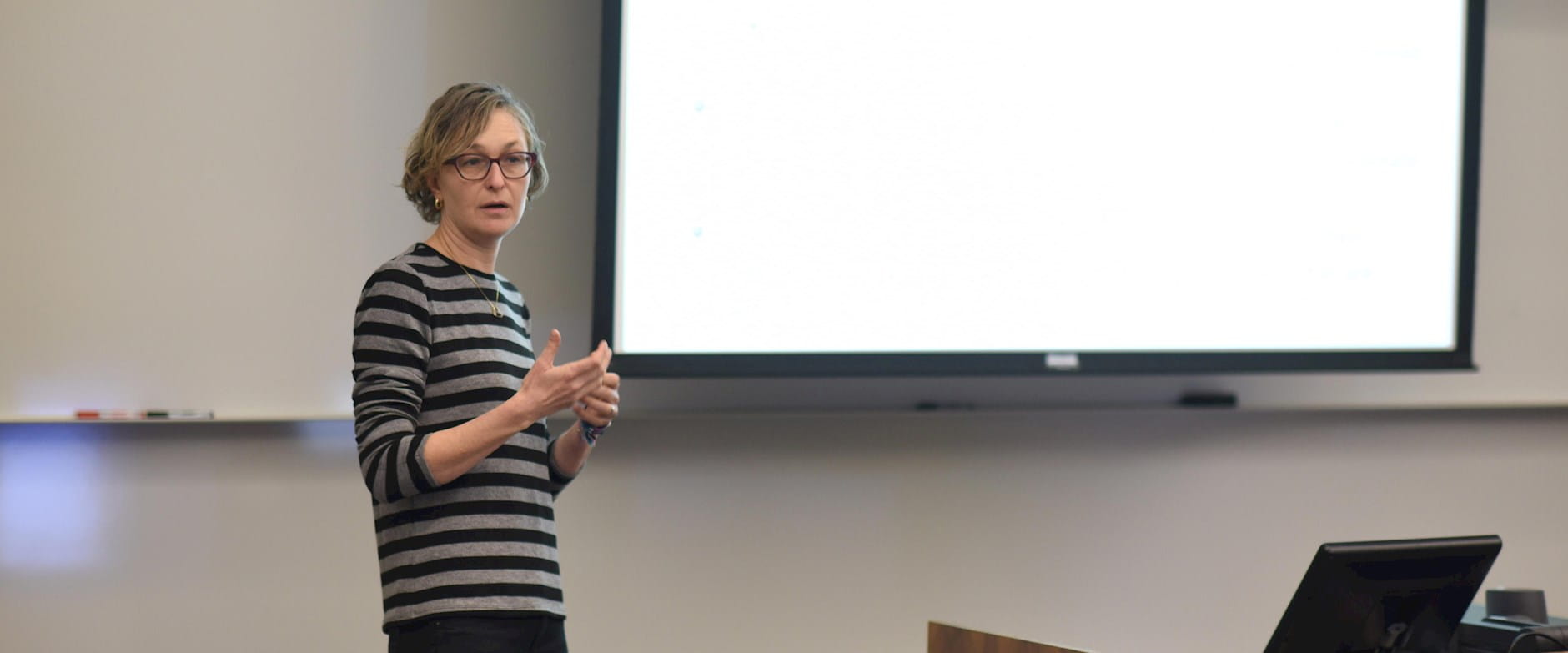The year Carter Stewart started at the DRK Foundation as managing director, he was presented with a problem. Despite the foundation’s global mandate, the majority of its grants in India and Africa were being awarded to nonprofits started by ex-pat entrepreneurs. To better understand what was happening, DRK started collecting data on its selection process. This resulted in changes that increased the proportion of grants awarded to indigenous entrepreneurs - recipients from countries in Africa and Southeast Asia. Stewart’s experience at DRK highlights important truths: even organizations with a commitment to equality can have disparities, which can only be revealed through tracking relevant data.
Discrimination Exists Across Sectors
In a 2004 study, Chicago Booth’s Marianne Bertrand and Harvard’s Sendhil Mullainathan sent nearly 5,000 fictitious resumes to more than 1,300 real employment ads. They randomly assigned white-sounding names (such as Emily Walsh or Greg Baker) to half the resumes and African-American-sounding names (such as Lakisha Washington or Jamal Jones) to the other half. The researchers found that for otherwise identical resumes, applicants with white-sounding names received 50 percent more callbacks than applicants with African-American sounding names.
In 2014, Michael Ewens at Carnegie Mellon, Bryan Tomlin at NERA Economic Consulting, and Liang Choon Wang at Monash University, sent over 14,000 inquiry emails in response to U.S. rental listings on Craigslist. The researchers randomly assigned white and African-American sounding names to the emails, and either provided no further information, or included one additional positive or negative signal about the applicant. They found significant evidence of discrimination against applicants with African-American sounding names.
Evidence from research, including these experiments conducted a decade apart, makes it clear: discrimination exists, has measurable consequences, and isn’t limited to one sector. With this in mind, what can organizations do?
Strategies to Reduce Discrimination
While large scale mandates, such as quotas, are important strategies to reduce discrimination, there are small changes that could be easy to implement by organizations and individuals and make a difference.
Here are three, simple techniques from research to reduce instances of bias:
1. Justify how hiring decisions and other assessments are made
Michael Dobbs at the University of Arizona and William Crano at Claremont Graduate University found that individuals assigned to groups discriminated less against people outside of their group when they were required to justify how they allocated points.
In practice → In Israel, researchers looked at the grades assigned to identical essays from students with Ashkenazic names (European heritage), which received Bs on average, or Sephardic names (African or Asian heritage), which received Ds on average. The average difference was reduced significantly when teachers were told that they would discuss with each other how they assigned grades.
2. Allow ample time for decision-making
Research by Pamela Casey, Roger Warren, Fred Cheesman and Jennifer Elek at the National Center for State Courts highlighted that decision makers are less capable of thoughtfully processing information when they are time-constrained or over-burdened. Allowing longer time periods for decision-making or reorganizing schedules to reduce “cognitive load” could reduce bias.
In practice → Selecting individuals for promotions or layoffs are frequently time-sensitive responsibilities and may occur in relatively busy periods for an organization. Allotting more time to this type of decision, rescheduling for less busy periods, or distributing the decisions over a longer period of time may help reduce the influence of unconscious bias or stereotypes.
3. Identify similarities between majority and minority groups
John Dovidio at Colgate University and Samuel Gaertner at the University of Delaware report evidence that encouraging participants to identify similarities between themselves and people from another group can reduce favoritism and improve cooperation between groups.
In practice → When deciding who to hire or who should lead a special project, managers may choose individuals with whom they have things in common. Before making these decisions, actively looking for similarities with a given candidate could expand key professional opportunities for minorities.
Simple Solutions in Action
Solutions like the ones offered here provide a starting point for tackling discrimination, however, organizations may tailor specific strategies to meet their needs.
In 2015, Cheryl Dorsey’s team at Echoing Green implemented changes to their framework for selecting fellows for the organization’s social entrepreneurship fellowship after identifying barriers to entry. After evaluating the potential for bias to influence the application scoring process, Echoing Green made changes to the preliminary round of applicant review. By concealing information such as name, gender, education, and current finances, Echoing Green centered their evaluators’ focus on judging the strength of the applicants’ ideas and motivations for doing their work, as well as on the importance of the work being proposed. Additional mechanisms, such as pairing each finalist with an Echoing Green Fellow to support them during the application and interview process, help leaders of a variety of experiences and backgrounds to navigate Echoing Green’s process. These modifications – implemented to address barriers to entry in the social entrepreneurship field, particularly for leaders of color, women, and candidates outside of the U.S. – incurred minimal cost in staff time and required only minor institutional changes. In 2017, Echoing Green’s finalist pool included 61 percent leaders of color, candidates from 16 countries outside of the United States, and 45 percent women.
As the examples from the DRK Foundation and Echoing Green illustrate, the work of eliminating discriminatory practices is complex. However, combining practitioner insights with evidence from research can help identify effective and accessible solutions.
If you'd like to receive updates on social impact stories, events, and research at Chicago Booth, sign up for the Rustandy Center's newsletter. Note: We want to demonstrate our commitment to your privacy. You can review Chicago Booth’s privacy notice for more information.


